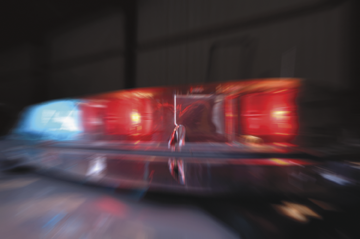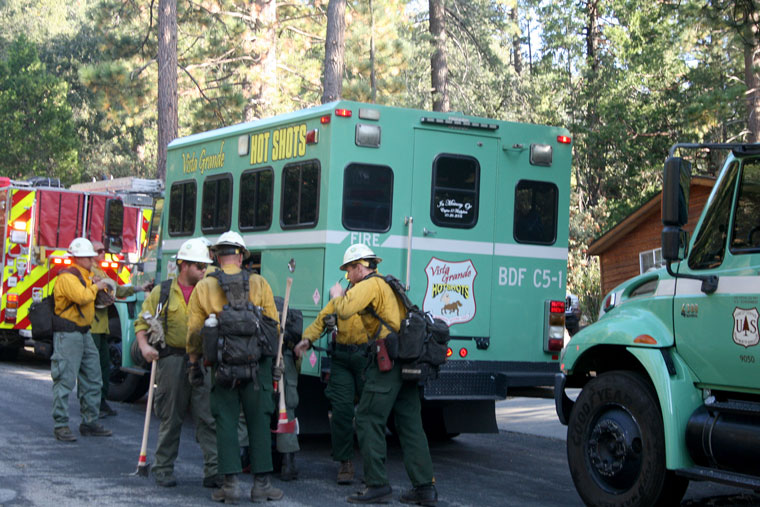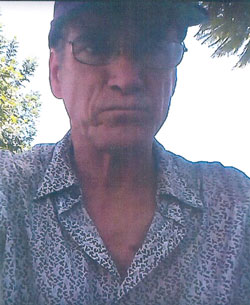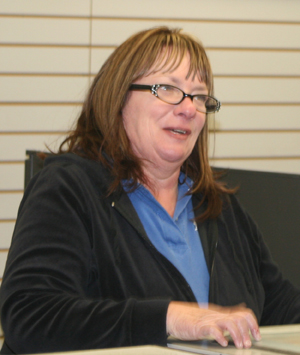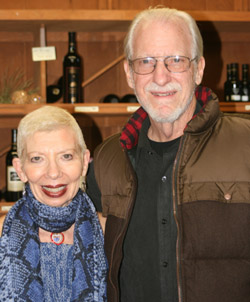IFPD workshop on Mutual Aid and fire prevention
The Idyllwild Fire Protection District (IFPD) Board of Commissioners held a special meeting Tuesday, May 16. Henry Sawicki, a former commissioner who lost reelection, will assume the seat Cristina Reitz recently vacated.
Although announced as a policy workshop for the board, the majority of time was taken by presentations from IFPD Chief Mark LaMont and former IFPD employee Dan Diaz, now a battalion chief with the Cleveland National Forest. They presented a review of fuel reduction projects around the community and explained IFPD’s Mutual Aid agreements and contributions.
LaMont told the board that fire agencies voluntarily enter Mutual Aid agreements. Each agrees to help the others in emergencies while always maintaining a “draw down” level of staffing to deal with anticipated local need. In return, IFPD has a large network of partners in which to rely.
In the aftermath of this winter’s heavy snows, IFPD responded to Mutual Aid requests from San Bernardino County for the Running Springs, Big Bear and the Arrowhead area, sending 11 people. The main part of this work was helping to clear the nearly 3,000 miles of roads in those mountain communities to free the nearly 40,000 residents and visitors trapped by snow that reached rooftops. LaMont added that San Bernardino County FIre Chief Dan Munsey will come to Idyllwild to further discuss the “After Action Review” for this event soon.
Although clearing snow is not the first thing that comes to mind when thinking of firemen, LaMont called it part of the “all risk nature” of public safety agencies. In the San Bernardino Mountains snow event, skip loaders and 60 dump trucks had to be rounded up to remove snow too deep to plow, and the gas company was contracted to provide backhoes to open up the berms for individual driveways. IFPD also assisted in distributing water and medication, managing the runoff with hay bales and k-rails, and restoring power to 30,000 customers within four days. Of the 13 casualties reported, LaMont said nine were people already on hospice care, and two others were from traffic incidents. LaMont said no community can afford the infrastructure to respond on its own to events like that. He is pursuing an offer from Munsey for one of that county’s Sno-Cats.
Another incident illustrating IFPD’s Mutual Aid activities was a fire the prior week in Mecca. There, crews cut lines to protect homes from a brush fire “spotting” as embers blew ahead of the fire, creating many small fires within a 200-acre section.
LaMont announced that IFPD recently stood up its first “hand” crew, not an engine company, but a team to cut fuelbreaks, either as preparation or during incidents. Regulations require at least 14 members in a crew, and this group has 24. The crew is a noteworthy accomplishment as fire departments around the country struggle to hire firefighters, he said.
The longest presentation was Diaz’s update on fuel reduction projects, fire breaks. “The only way any community combats a fast-moving wildland fire is by being prepared for it,” he said. Even then fires are not completely controllable, but the goal is to steer them, and “it takes every single thing that you’ve got to hold (fires) outside … communities. “
The review focused on fuelbreaks that surround the valley on three sides. These are the South Ridge and West Ridge projects, Strawberry, and the new Bear Trap project. He noted that IFPD plans for a “seven-year re-engagement,” as after five to seven years the break “is not really viable.” The placement of the breaks is based on a strategic evaluation of the landscape and the community.
The Strawberry fuelbreak runs from “west of Pine Cove down toward West Ridge, down in the Strawberry (Creek) drainage.” The new Bear Trap project is east of and roughly parallel to Strawberry, backing it up in that vulnerable direction, a “belt and suspenders” system. Unlike the others, it is built entirely on private property, Camp Emerson and Buckhorn Camp. There are now two 30-foot wide open swaths with a 90-foot pile of brush in the center. When weather cooperates, control burning of that brush will start, a little at a time, in what is called “chevroning” or “tiger striping.” Diaz also noted the “mastication” treatment given to the edges of highways 74 and 243 to give a “buffer” along evacuation routes.
Diaz also gave accounts of historic incidents like the Cranston Fire and explained how the fuels reduction projects had made the defense of Idyllwild possible.
In response to a question from Commissioner Stephanie Yost about evacuation zones, LaMont provided some insight into the Mountain Area Safety Task Force (MAST) plan. MAST does provide pamphlets to residents explaining evacuation routes and processes, and home preparation, but the master plan itself is not “forward facing,” or public, because it reveals in detail the tactical vulnerabilities of the area. Shelter-in-place areas are known by first responders but residents would only be directed there by first responders in an emergency. LaMont cited successful early evacuations in 1996, 2013 and 2018 as evidence that the plan works.
He also noted that “we are currently working with the MAST partners to create an electronic version that can be forward facing … over the last year.” He added that in general, evacuation is simple: “You go north or you go south on 243.” Of course, further details will be provided “through WNKI … the sheriff … and all of our other resource capacity.” He underlined that zone evacuations are used to avoid the bottlenecks that led to casualties in the Camp Fire, and recommended the Public Broadcasting Service special “Fire in Paradise” for “lessons learned and mistakes that were made.”
The last part of the meeting was the review of basic board policies: definition of policies; adopting and amending them; copying public documents; public contributions (IFPD is not a 501 nonprofit, ask your tax preparer about the deductibility of donations); credit card usage (commissioners don’t get them); benefits (commissioners also don’t get these); membership in organizations (the board may join associations); and Rules of Order. These were all read, discussed and approved.


